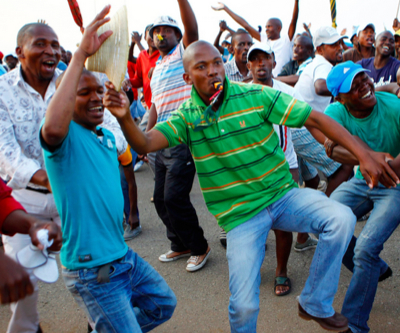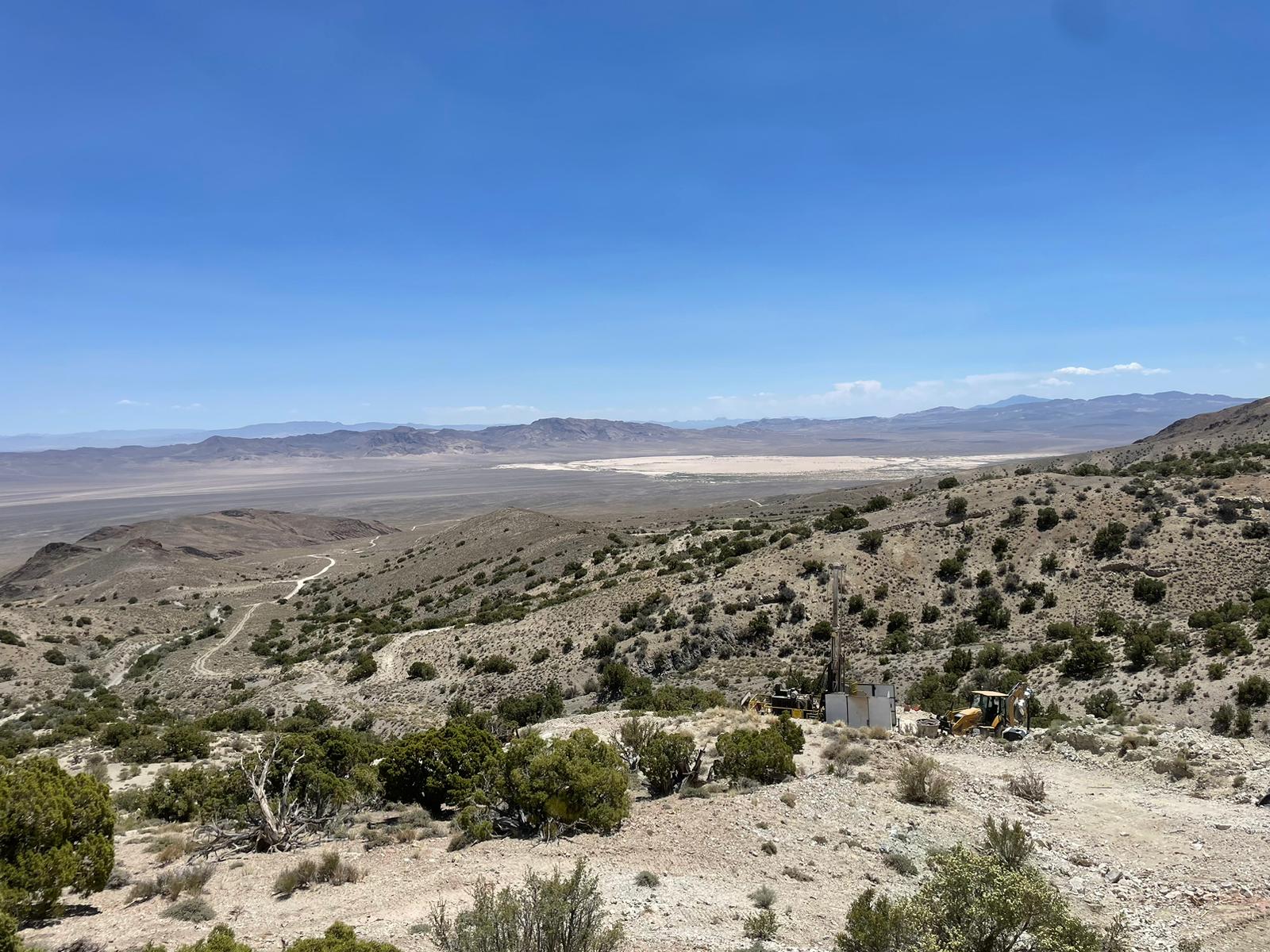South Africa remembers those dead at Marikana mine

More than 5,000 people marched Friday to the site where 34 striking miners from Lonmin’s (LON:LMI) Marikana mine were killed last year by South African police, while demanding higher wages.
As a government inquiry into their deaths drags on, the country’s mining industry continues to face the very same problems that triggered the wave of strikes last year. Poverty, pay disputes and shrinking profits are all current issues affecting both miners and companies.
Only a few days ago, the Chamber of Mines of South Africa (CMSA) publically acknowledged that wage talks in the gold sector, considered one of the most difficult in years, had failed and that the to the Commission for Conciliation, Mediation and Arbitration (CCMA) will have to intercede.
Sticks and umbrellas replaced machetes and spears. The miners say they decided to not bring any weapons a sign of respect to those who were killed there last year.
Despite the pacific tone of the ceremony, President Jacob Zuma pulled out of the event just hours before it started. The reason, governing political party ANC’s spokesman Ishmael Mnisi told Reuters, was the fact he commemoration was organized by a group that includes the hardline Association of Mineworkers and Construction Union (AMCU).
“People are taking advantage of a tragedy for their own political benefit,” Mnsi said.
“We are hurt, the government should be here. They should have taken the trouble to come and be here because they’re the leaders,” Marikana worker Paulos Mpahlela, 60, was quoted as saying by Reuters.
Mining in South Africa accounts for 6% of the nations’ gross domestic product, but the sector is becoming a symbol of the economic, social and political differences that continue to characterize the country.
{{ commodity.name }}
{{ post.title }}
{{ post.date }}

Comments